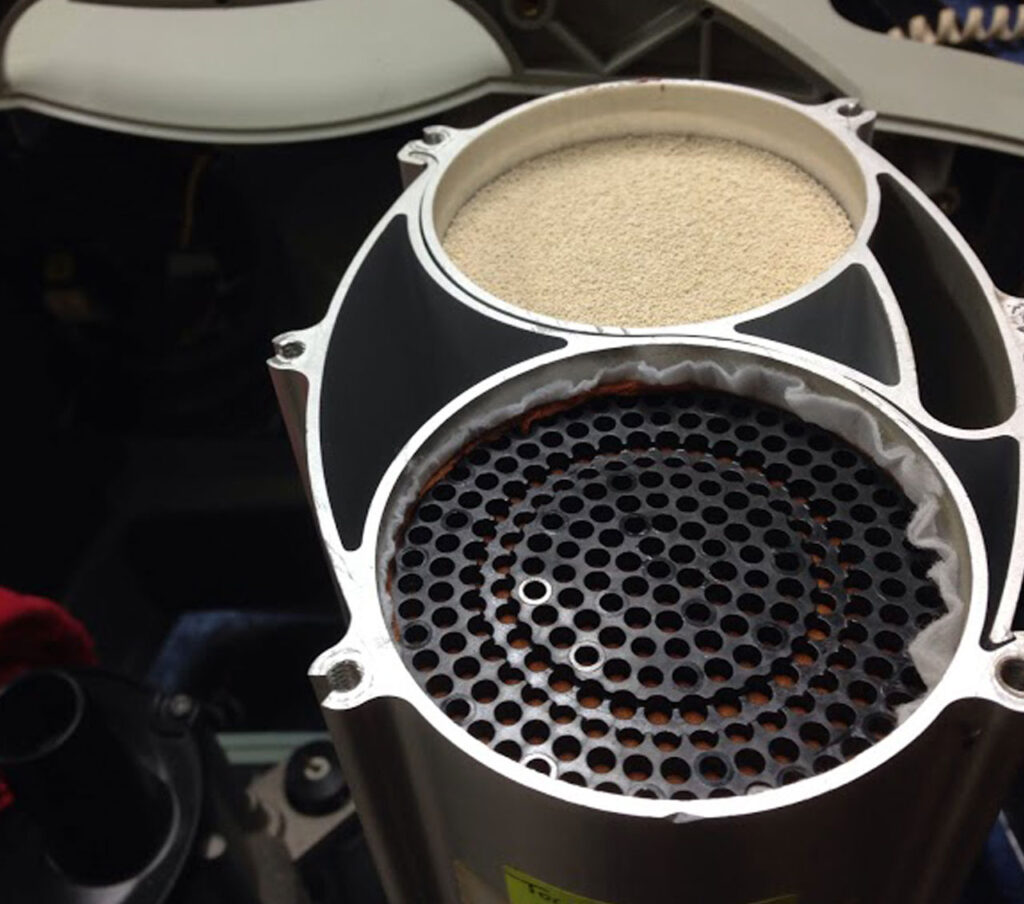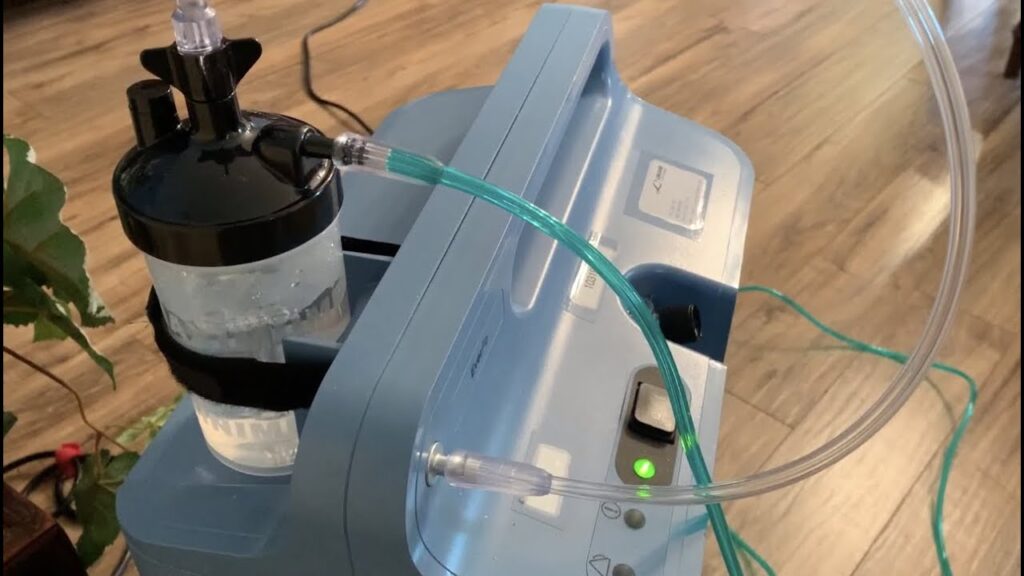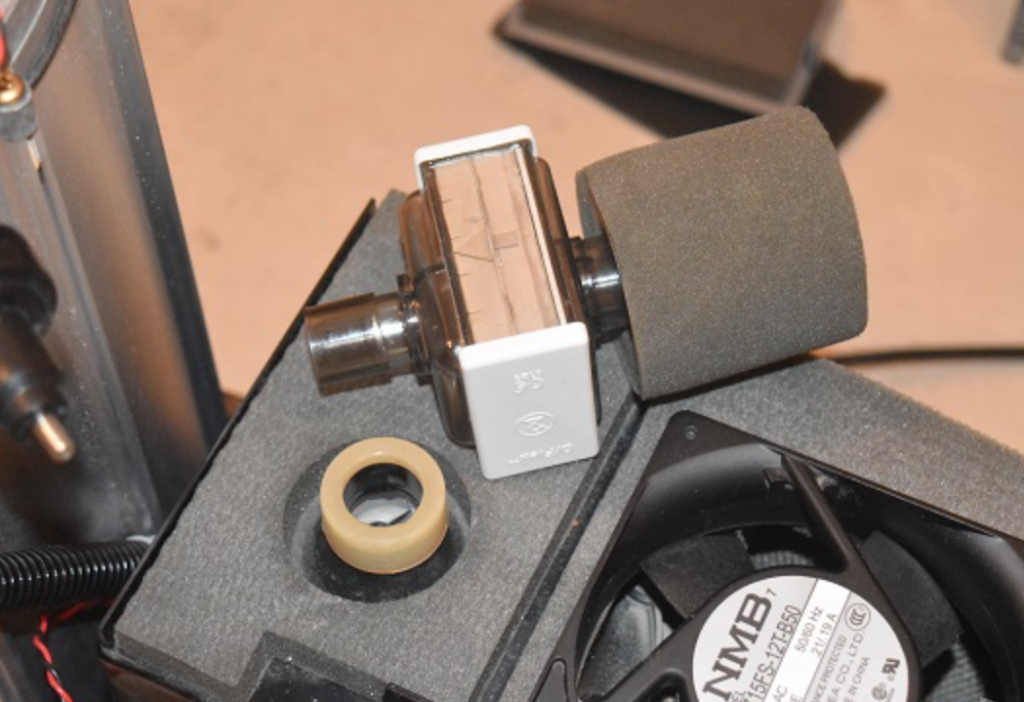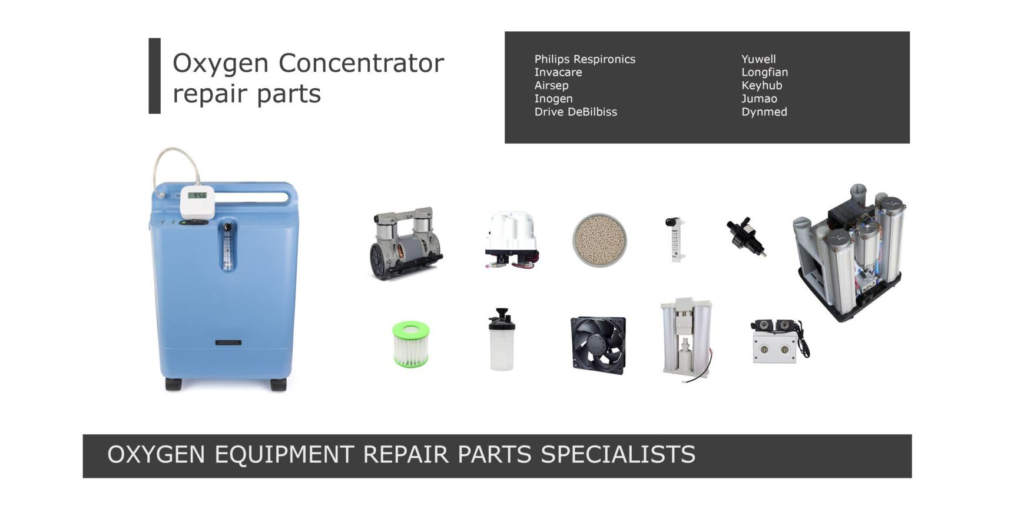Oxygen concentrators have been high in demand from Covid-19 exciting. Many have purchased Oxygen Concentrators for personal use as there was a shortage of hospital beds with oxygen supply in many cities. Along with Covid cases, there has been the rise of black fungus (mucormycosis) cases too. One of the reasons for this has been lack of infection control and care while using oxygen concentrators. In this article we cover cleaning, disinfection and proper maintenance of oxygen concentrators to avoid harm to patients.
Replacement of molecular sieve
Molecular sieve is an important part of the oxygen generator. It is filled in the adsorption tower and shoulders the task of separating N2 and O2. In the process of long-term adsorption and disadsorption, molecular sieves are easy to pulverize. In addition, molecular sieves have a very strong adsorption of water. After adsorbing a certain amount of water molecules in the air, it is not easy to disadsorption, resulting in a drop in yield and oxygen concentration. Therefore, the molecular sieve must be checked and replaced regularly to ensure an adequate supply of oxygen that meets the oxygen concentration requirements.

Replacement of solenoid valve
- The oxygen generator uses a pilot solenoid valve. The principle of the solenoid valve: when energized, the electromagnetic force opens the pilot hole, the pressure in the upper chamber drops rapidly, and a high-pressure difference is formed around the closing part. The fluid pressure pushes the closing part to move upward, and the valve opens; when the power is off, the spring The force closes the pilot hole, and the inlet pressure quickly passes through the bypass hole to form a low and high pressure difference around the valve closing member. The fluid pressure pushes the closing member to move downward to close the valve.
- Features: The upper limit of the fluid pressure range is high, and it can be installed arbitrarily (customization is required) but must meet the fluid pressure difference condition. The selection of solenoid valves should follow the four principles of safety, applicability, reliability, and economy.
- After the solenoid valve is opened and closed at a high frequency, it is extremely easy to cause damage. After the solenoid valve is damaged, it is easy to cause the valve to leak, and then affect the oxygen concentration of the oxygen generator. Therefore, check the valve regularly, and replace it in time when it is damaged.

Disinfecting the Humidifier bottle
- Never use tap water in a humidifier bottle; it may be cause for infection. There may be pathogens and micro-organisms that will straightaway go into your lungs through the nasal passage.
- Always use distilled/ Sterile water and change the water every day completely (not just top-up)
- Empty the humidifier bottle, wash inside and out with soap and water, rinse with a disinfectant, and follow with a hot water rinse; then refill the humidification bottle with distilled water. Note that some manufacturer’s instructions for use require the humidifier bottle to be rinsed daily with a solution of 10 parts water and one part vinegar as a disinfectant.
- Avoid touching the inside of the bottle or lid after it has been cleaned and disinfected to prevent contamination.
- Fill-up above ‘Min’ line and slightly below the ‘Max’ level indicated on the bottle. Excess water may result in water droplets being carried in the oxygen straight to nasal passage, harming the patient.
- At least once a week for same patient and between two patients, the humidifier bottle should be disinfected by soaking in antiseptic solution for 30 minutes, rinsed with clean water and dried completely in air before using again.

Replacing Oxygen Tubing & other accessories
- Disinfection of used oxygen therapy consumables such as nasal cannula, oxygen tubing, water trap, extension tubing etc., are not practical. They need to be replaced with new sterile supplies at the frequency stated in the manufacturer’s instructions for use.
- If the manufacturer has not specified a frequency, change the nasal cannula every two weeks, or more often if it is visibly soiled or malfunctions (e.g., becomes clogged with respiratory secretions or moisturizers placed in the nostrils or has kinks and bends).
- If a water trap is placed in-line with the oxygen tubing, check the trap daily for water and empty as needed. Replace the oxygen tubing, including the water trap, monthly or more frequently as needed.
Filter Cleaning in Oxygen Concentrators
- One of the most important parts of disinfection of oxygen concentrators is filter cleaning. The filter must be removed, washed with soap and water, rinsed and thoroughly air dried before replacing. All oxygen concentrators come with an extra filter which can be placed while the other one is drying properly. Never use a moist/ wet filter. If the machine is in regular use, the filter must be cleaned at least monthly or more frequently depending on how dusty the environment is. A visual check of the filter / foam mesh will confirm need to clean it.
- Hand Hygiene – The most important Step in disinfection and infection control. Hand hygiene is essential to any infection control & prevention. Perform proper hand cleaning before and after handling or disinfection of any respiratory therapy equipment or else you may end up contaminating an otherwise sterile device.





